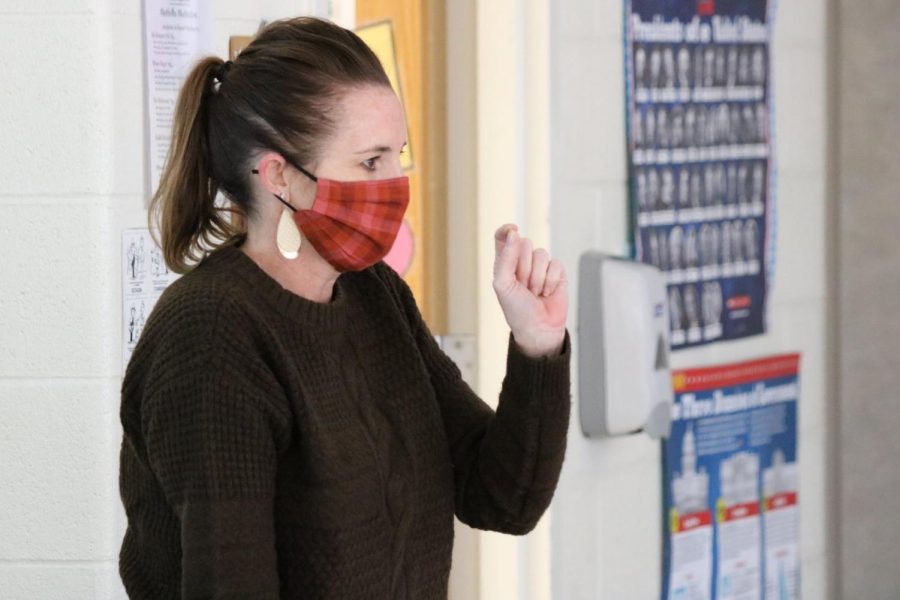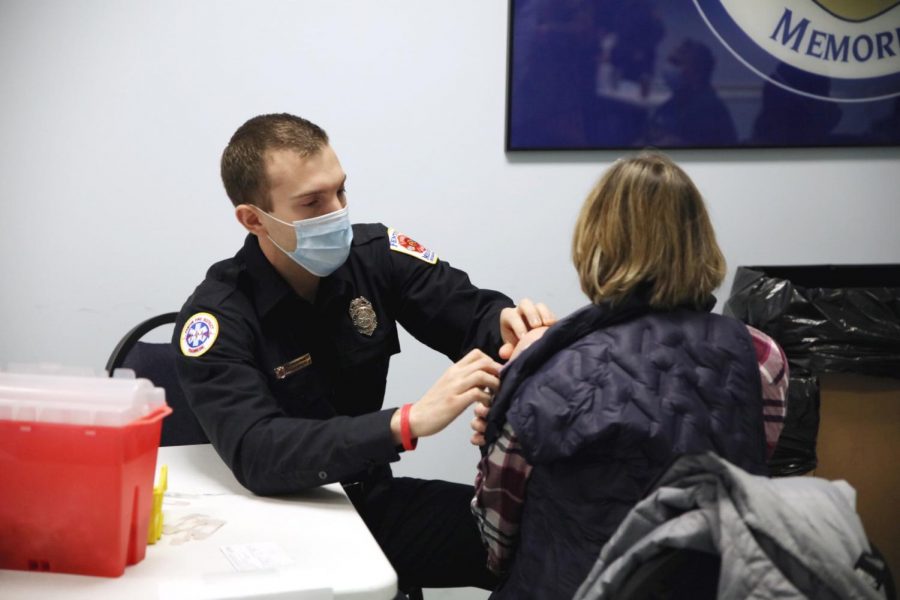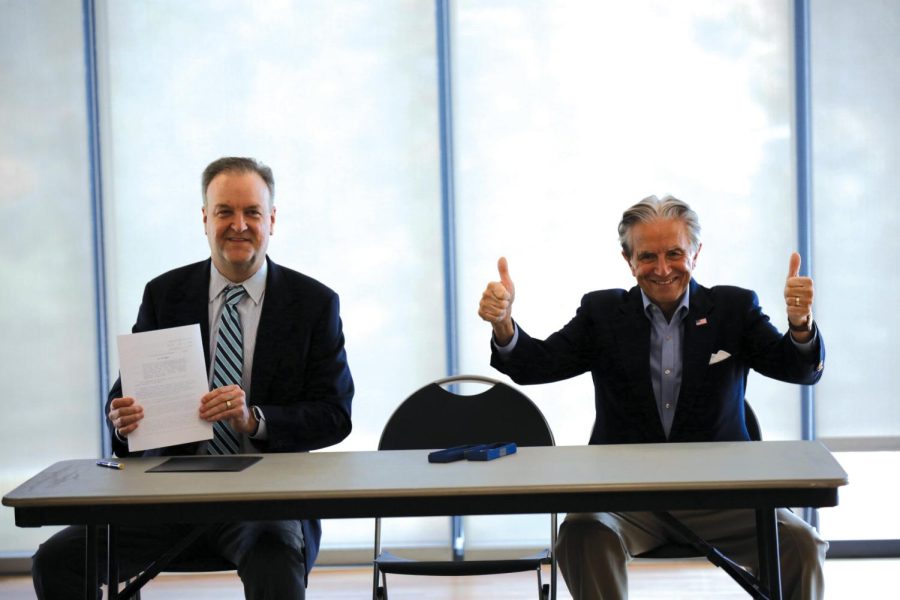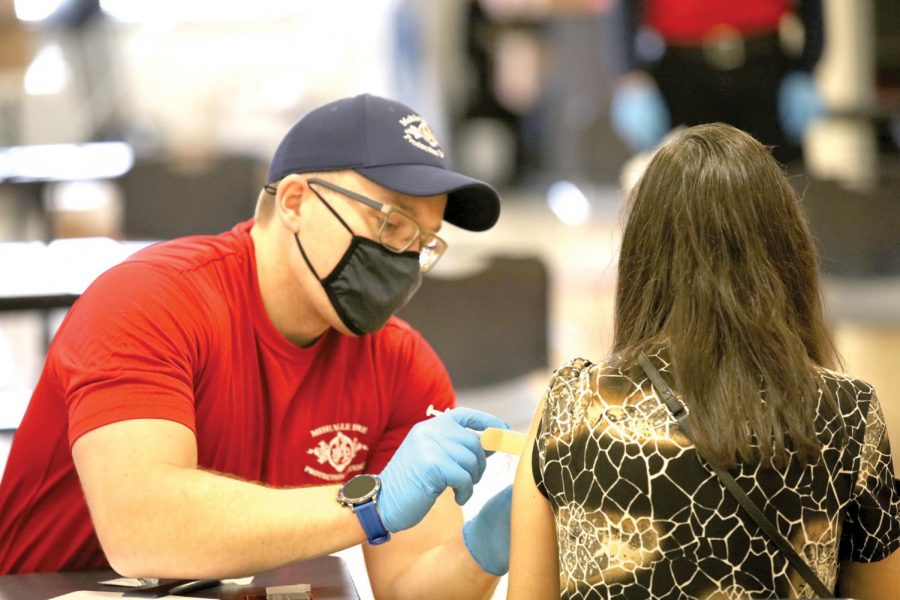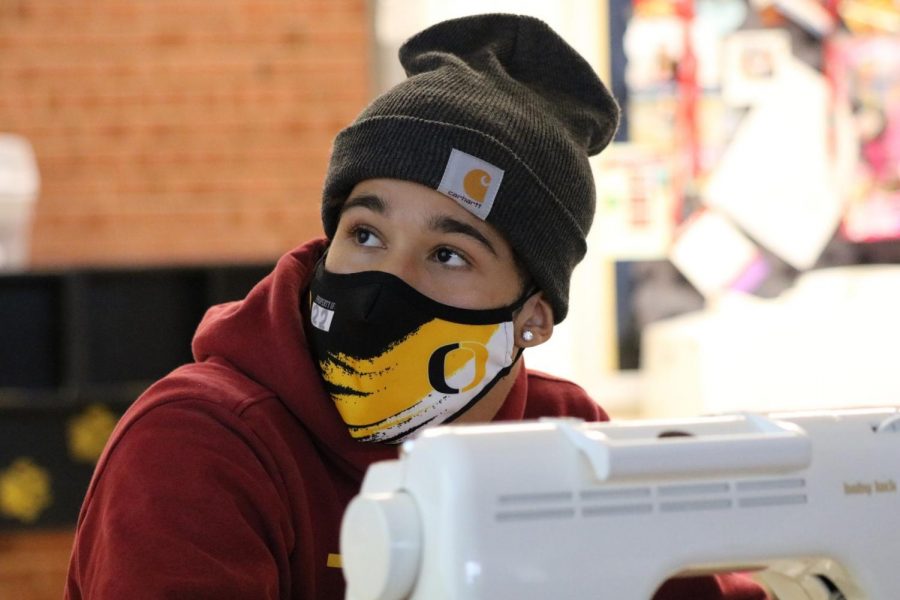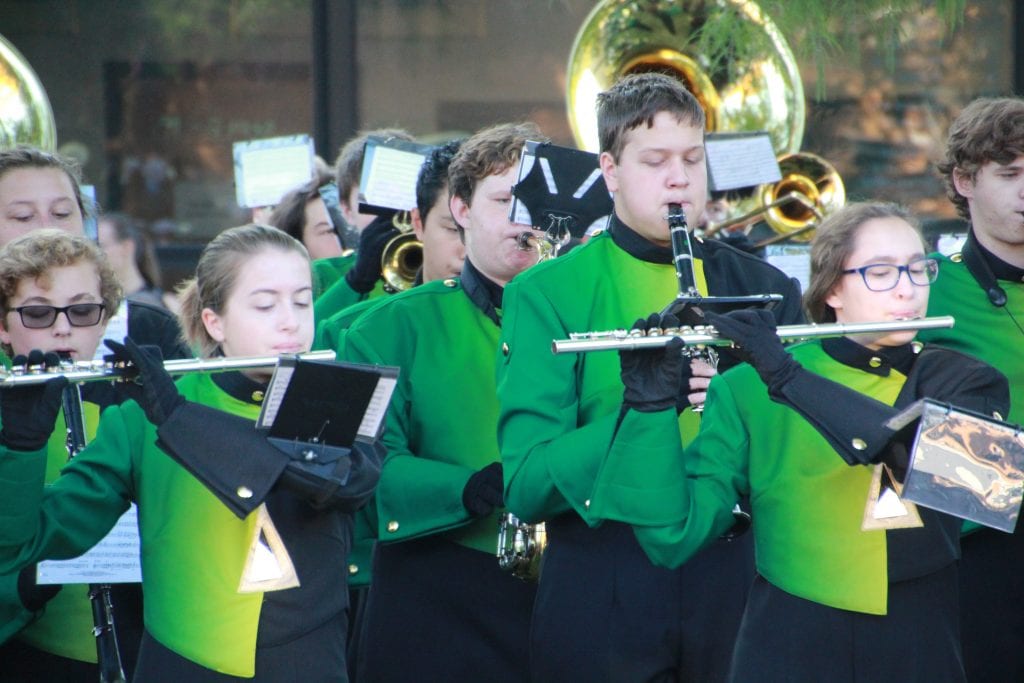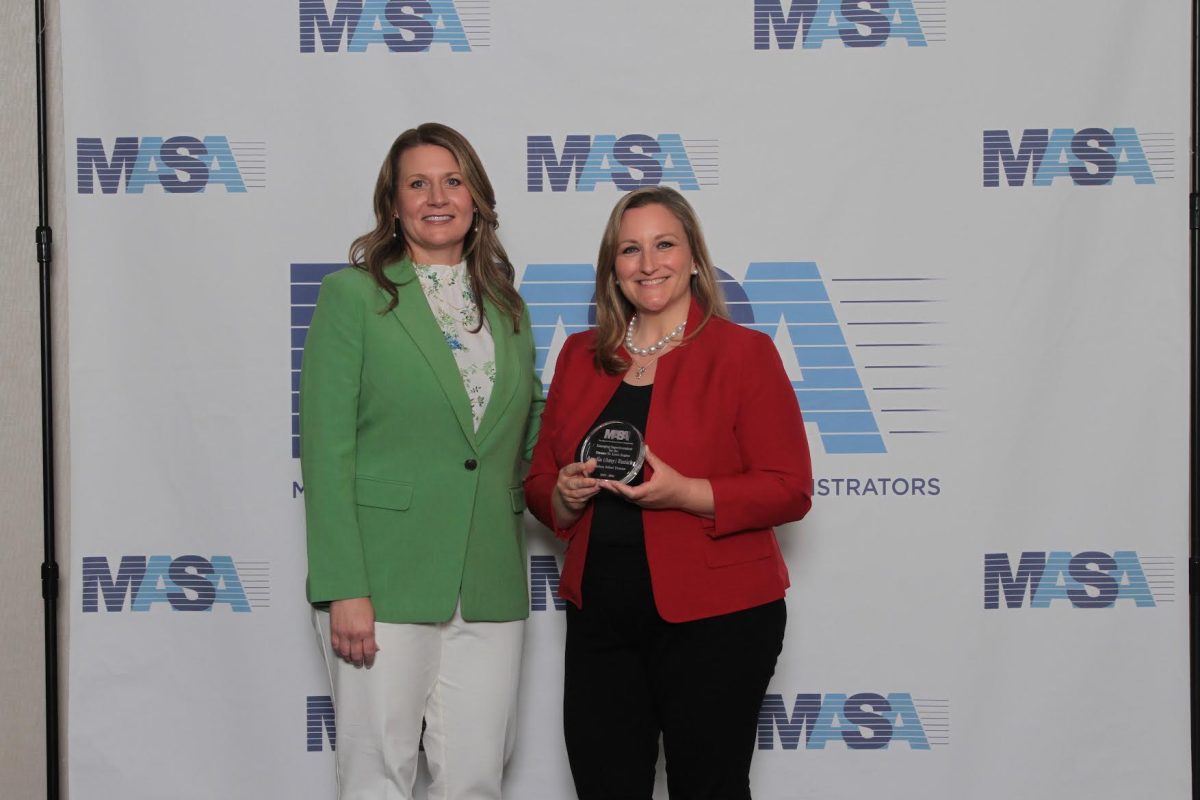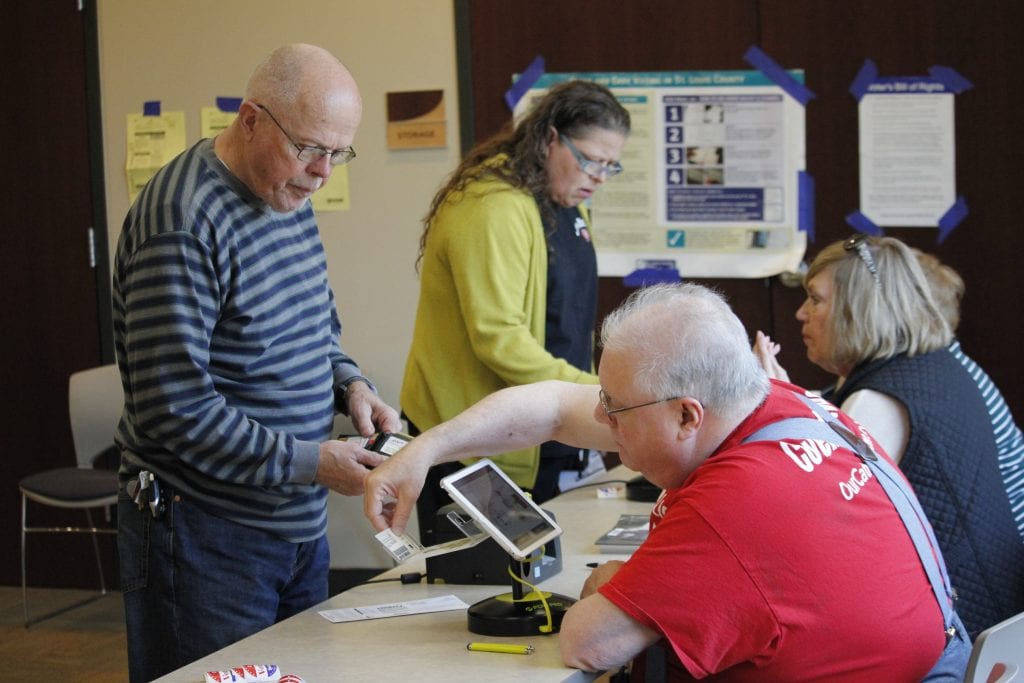Like every school district, the Mehlville School District has been challenged how to safely educate its students during the COVID-19 pandemic, including handling substitute teacher shortages and increasing sanitization around the district’s facilities.
At the Dec. 17 Board of Education meeting prior to the start of winter break, Superintendent Chris Gaines and other administrators provided updates to the board about mitigating the spread of the virus in schools, as well as continued challenges from the pandemic.
Ionization systems installed in district facilities
In September, the board, on the recommendation of Gaines, approved $200,000 to buy and install ionization systems on HVAC units in the district’s facilities to improve air quality. Installations were completed during winter recess, before in-person expansion.
Around 40 ionization systems were installed in music, band and choir rooms, cafeterias, libraries, common areas and drama rooms across the district, along with the district’s one auditorium. The district used its own workers to install the systems to save money.
“They’ve done a good job of putting all these systems in,” said Director of Facilities Mike Gegg. “I have to give them a shout-out for that.”
Custodial staff wipes down all surfaces throughout the day and deep cleans as necessary with hospital-grade disinfectants using electrostatic spray guns, “covering extra stations that are either out with the COVID or just sickness or ill,” said Gegg. “They’ve been very flexible, moving from school to school as needed,” with maintenance staff even filling in as custodians.
The district’s carpenters also built and installed more than 700 Plexiglas barriers over the last seven to eight months.
Substitute shortages seen
At the Jan. 21 meeting, the board unanimously voted to increase substitute teacher pay to $115 a day, up from $96 a day, to address an ongoing substitute shortage.
“Our biggest challenge has been workforce sustainability … we just think this will be another step to help in that particular area,” Gaines said.
The district moved high school classes all-virtual from November to Jan. 19 in part due to a lack of bodies to fill in when teachers are asked to remain off-campus due to a positive COVID case or exposure.
At the start of the school year, 213 substitute teachers told the district they would like to stay “active,” but by December, only 89 of them accepted positions, said Director of Human Resources Jennifer Hansen: “When we call and ask them, the information they give is … ‘I’m afraid to go to elementary schools because those kids are needier and they can’t keep their hands to themselves,’” Hansen said. “So even though we have the substitutes there and we’ve trained them on how to do the job virtually — we’ve trained them on mitigation efforts and we’ve trained them on what it might look like to teach in a classroom during a pandemic, we still have a number who have backed off.”
The district’s curriculum staff has stepped in, and some Central Office administrators have taught elementary and middle school classes. Teachers have used their planning periods and office hours to fill in gaps for other classes. Even Gaines has stepped in to substitute when no one else could.
“We’ve been extraordinarily creative. That creativity is owed to the principals and the good nature of teachers who are willing to … cover a patchwork of different subjects,” Hansen said.
The district’s substitute fill rate has reflected COVID-19 numbers in South County. The district was able to fill absences more readily at the start of the school year, but as COVID-19 spikes increased in the fall, particularly after Halloween, fill rates fell to around 50 to 60 percent. That is when the district identified off-campus contacts and parties as areas of spread.
“We’re not getting the substitute teachers to come in and fill the jobs, and we’re requiring already stressed-out staff members — they’re already doing their day job and we’re asking them to do a little bit more,” Hansen said.
High school students are back to part-time, in-person learning as of Jan. 19, but administrators said the substitute fill rate will remain a critical data point in determining if classes can sustainably remain in person. The fill rate has now become an additional component of the district’s weekly COVID-19 data updates.
“I don’t think anybody is coming out of this pandemic in any kind of good situation. If you look at neighboring districts in the St. Louis region, our numbers are actually pretty good,” said Hansen. “We’re on the high end of those fill rates. But everybody’s struggling.”
Calendar adapted for more class
The school board also made changes Jan. 21 to the 2020-2021 school year calendar as students return for more days in person.
Four half-days have been changed to full days of instruction, eliminating four professional development days the district scheduled for staff through April.
The board adopted new calendars in August that reflected the different modes of learning at any given time, ranging from entirely in-person learning to 100-percent virtual instruction. With elementary returning to five days, Gaines said the amended calendar would get all grade levels on the same page.
“In effect, we gain back about eight hours of instruction,” Gaines said of the decision to focus on in-classroom learning now that it’s back to the new “normal.”
Buses disinfected daily
Director of Transportation Dan Gilman told the Board of Education Dec. 17 that buses are disinfected and cleaned after every group of students, with additional deep cleaning when necessary.
Seating charts are used to aid in contact tracing, and bus drivers carry extra masks for students who may not have one.
Like other departments in the district, the transportation department has faced staffing shortages and is down eight bus drivers, requiring bus drivers to run double routes, Gilman added. On average, five to 10 drivers are out for exposures.
“We’ve also had mechanics and office staff driving almost daily, both morning and afternoon,” said Gilman. “I want to say a big thank you to my department, they’ve been very, very flexible and very patient throughout this entire process. It’s been very trying.”
Free meals extended
The district will continue providing free meals for all children under the age of 18 living in the district through the end of June, after the U.S. Department of Agriculture granted a waiver.
The district is reimbursed from federal funds for every meal served.

















